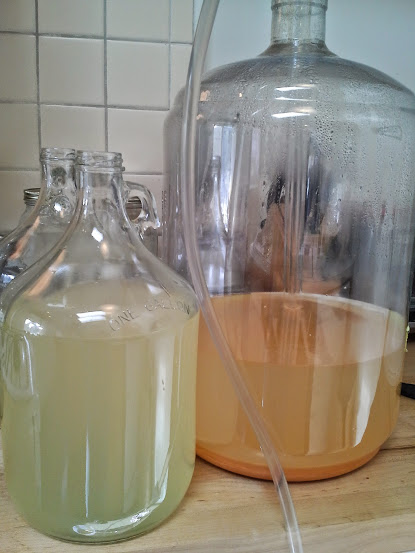I found Keller's recipe, and have a few questions.
I will probably end up with 4 gallons worth by the end of the season, minimum, and that's giving 90% of them to the wildlife.
My question is on the process. Am I better off just crushing and fermenting the fruit whole, or should I pulse and strain the juice instead?
Secondly, Keller recommends either Montrachet or P Cuvee. I know those are totally different yeasts, not really similar at all, so I'm curious why he'd say one or the other.
What would be the best yeast choice for a persimmon wine, final ABV between 11-12%, and aged for a year?
If you aren't familiar with persimmons, the are like a cross between plums and peaches, with a slight pumpkin flavor as well. So if you've made plum or peach wine, your advice for persimmon wine would be applicable here.
Any advice is appreciated. Thanks!
I will probably end up with 4 gallons worth by the end of the season, minimum, and that's giving 90% of them to the wildlife.
My question is on the process. Am I better off just crushing and fermenting the fruit whole, or should I pulse and strain the juice instead?
Secondly, Keller recommends either Montrachet or P Cuvee. I know those are totally different yeasts, not really similar at all, so I'm curious why he'd say one or the other.
What would be the best yeast choice for a persimmon wine, final ABV between 11-12%, and aged for a year?
If you aren't familiar with persimmons, the are like a cross between plums and peaches, with a slight pumpkin flavor as well. So if you've made plum or peach wine, your advice for persimmon wine would be applicable here.
Any advice is appreciated. Thanks!









